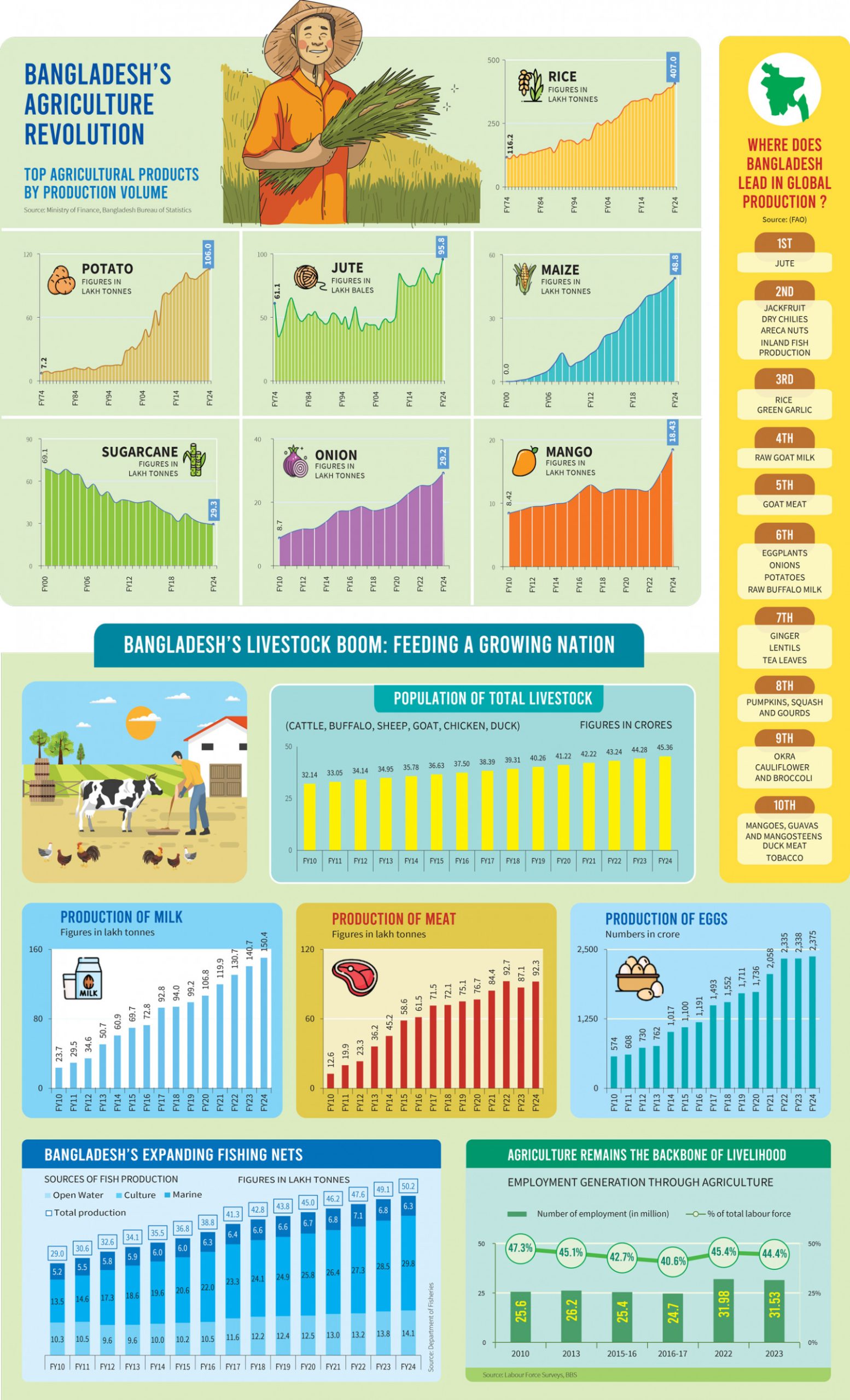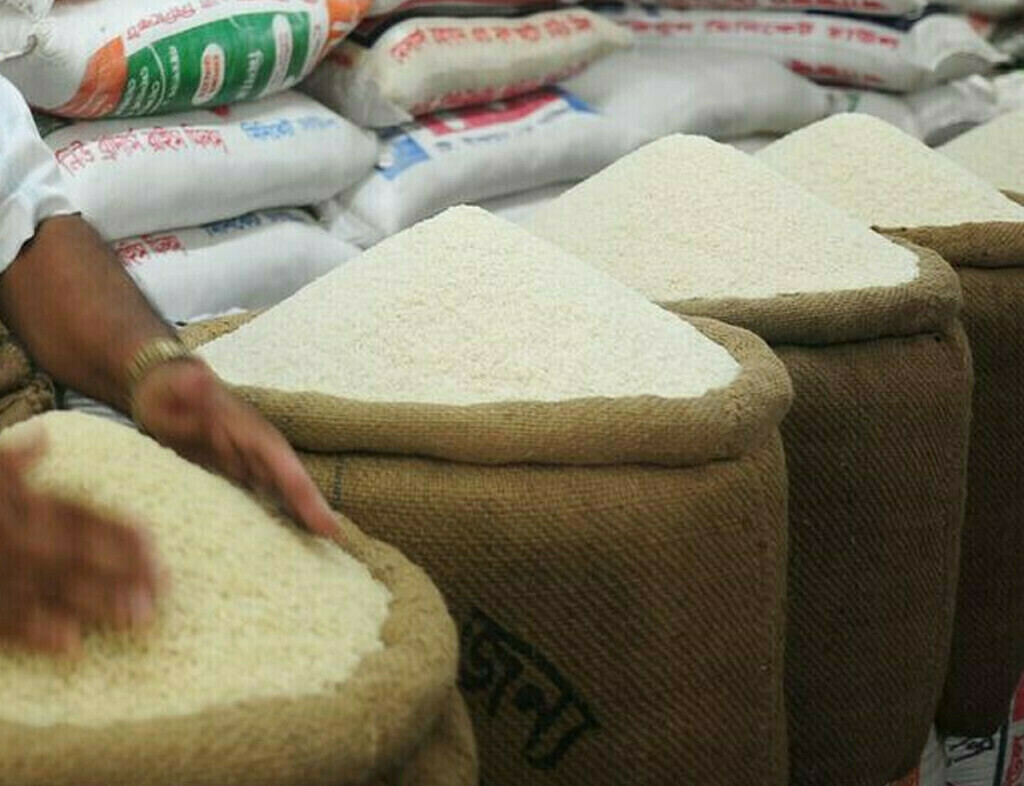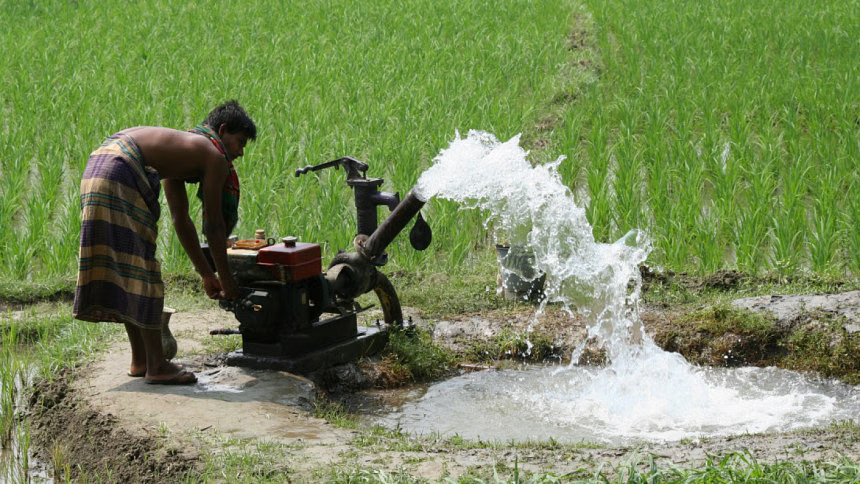Tags
How Odisha is promoting climate-resilient agriculture through rice fallow initiative
Cultivation of short-duration pulse, oilseed crops in rice fallow is helping maximise land use efficiency, boost farmers’ income and promote regenerative agriculture

![]() A woman harvesting green gram in rice fallow field. Photo: Abhijit Mohanty
A woman harvesting green gram in rice fallow field. Photo: Abhijit Mohanty
The residual moisture left in the soil at the time of rice harvest is often sufficient to raise short-duration pulses and oilseed crops. This is an efficient way of utilising resources for sustainable crop intensification and boosting land productivity. Odisha is capitalising on this technique to promote climate-resilient agriculture.
Rice fallow, or uncropped land left after rice harvest, is a major agricultural issue in eastern India. However, introducing technologies and crops with tailored agronomy based on landscape suitability helps turn it into an opportunity. It also helps farm income and ensure food and nutritional security.
Odisha has a cultivable area of over 6.18 million hectares and is endowed with 10 agro-climatic zones. The state predominantly relies on rice cultivation to meet the food demands of its population, which is about 45 million. The area under rice crops accounts for about 60 per cent of the total sown area during the Kharif season.
On the other hand, pulse crops cover about 50 per cent of the total area during the Rabi season. However, limited irrigation facilities during the Rabi season have constrained the expansion of crop production.
Traditionally, coastal areas of the state have practiced Paira cropping system, where pulse crops were sown in standing paddy fields prior to harvest, utilising available moisture and requiring minimal intervention and cost. However, due to climate change, this conservation agricultural practice has dwindled in recent years.
Scientific estimates by organisations such as nonprofits ICRISAT and International Rice Research Institute and agricultural university Odisha University of Agriculture and Technology indicated that approximately 1.6 million hectares of land in Odisha are classified as rice fallow, remaining uncultivated post-rice cultivation during the Kharif season.
Out of this vast expanse, about 1 million hectares have the potential to be utilised for cultivating short-duration pulse and oilseed crops during the Rabi season, capitalising on residual moisture.
Promoting rice fallow management
“Improving soil health and climate resilience of agri-food systems is a daunting challenge. The rice fallow management initiative is a simple and effective scientific approach that has the potential to increase farmers’ income,’’ said Arabinda Kumar Padhee, principal secretary, department of agriculture and farmers’ empowerment, Odisha government.
The rice fallow management approach, the principal secretary said, “helps in enhancing crop coverage, reducing soil degradation, increasing soil nutrients through crop systems approach, improving nutrition security through the consumption of pulses and other crops and above all, making effective use of the natural resources of the region. The Government of Odisha aims to further scale the rice fallow management initiative in coming years.”
In a pursuit to improve farm production with a focus on regenerative agricultural practices, the state government implemented the comprehensive project on rice fallow management for the first time during the 2022-23 Rabi season, achieving about 70,000 hectares during the said season.
Taking a cue from its success and experiential learning, during the 2023-24 Rabi season, the programme has been scaled up to 382,000 hectares against the target of 400,000. The scheme is being implemented in all 30 districts of the state.
Key objectives of the scheme include optimal utilisation of residual soil moisture, increasing cropping intensity, upscaling production of pulses and oilseeds, restoration of soil health and fostering better market linkages for the produce.
Eight crops, including green gram, black gram, field pea, Bengal gram, grass pea, lentil, mustard and sesamum have been targeted under the scheme. Local varieties of green gram have shown great potential.
A study is being conducted to evaluate the performance of various landraces of different crops, namely green and black gram. The findings are promising, said an official from the agriculture department.
“After harvesting rice, the remaining field used to be fallow. But now we sow Bengal gram. After storing some for household consumption, we sell the surplus for additional income,” said Lochan Guria, a farmer from Sundargarh district.
Another farmer, Pandam Patel, said, “We are no longer buying green gram. After harvesting rice, we are growing it ourselves.”
Access to eco-friendly inputs
Central to the success of the rice fallow initiative is the incorporation of a diverse range of eco-friendly agri-inputs, including bio-fertilisers, bio-pesticides and integrated pest management techniques such as light traps, pheromone traps and blue and yellow sticky traps. These measures are designed to promote natural pest control, reduce reliance on chemical pesticides and enhance overall ecosystem health.
In addition to pest management strategies, the programme emphasises the importance of balanced nutrient management through the application of micronutrients. By ensuring optimal soil fertility and nutrient levels, farmers can improve crop yields and enhance the resilience of their agricultural systems against environmental stressors.
Farmers are receiving crop-specific and time bound advisory services via Ama Krushi, the state-of-the-art call centre of the department. The Krushi Samiksha Kendra has played a pivotal role in ensuring that regular feedback is taken from the farmers and quick decisions are taken at the state level to resolve the pain points of the farmers.
For addressing the issue of soil acidity, which is a major stumbling block for improving the productivity of non-paddy crops, as an augmentation to the programme, “Acid Soil Management” has been taken up in about 160,000 ha across 17 districts. Accordingly, dolomitic limestone is being provided to farmers for the amelioration of acid soils.
Rice fallow management is the largest regenerative crop demonstration activity in the entire country. It will not only set a milestone in regenerative agriculture but also set a precedent for sustainable crop management practices nationwide.
“Be it the Odisha Millets Mission, integrated farming, crop diversification, or agri-production clusters, we are trying to include climate resilience and nutrition sensitivity into all our programmes,’’ the principal secretary said.
Mohanty is a development practitioner and a freelance journalist based in New Delhi.
Views expressed are the author’s own and don’t necessarily reflect those of Down To Earth
https://www.downtoearth.org.in/blog/agriculture/how-odisha-is-promoting-climate-resilient-agriculture-through-rice-fallow-initiative-95363Published Date: April 3, 2024






